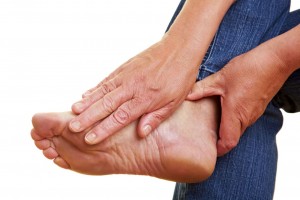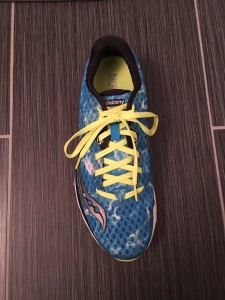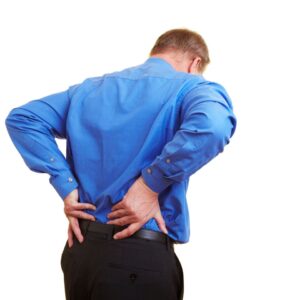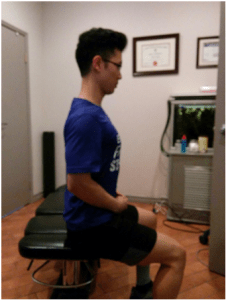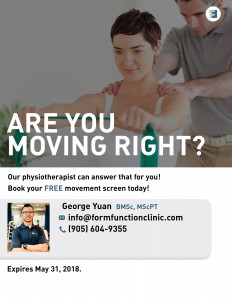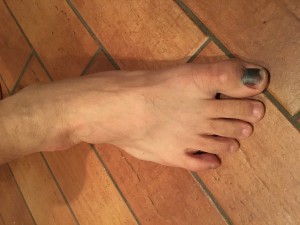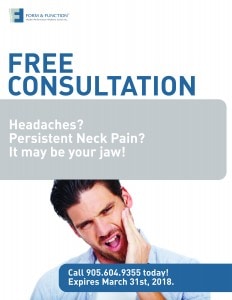Move Your Body!
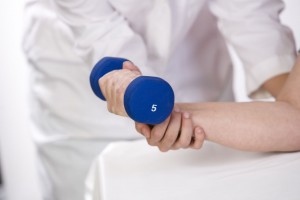
Our body is meant to move, not sitting behind a desk for 8 hours a day. When your body doesn’t move, the muscles are kept at one static length, and slowly looses their elastic property. Years of this can contribute to many muscle aches and pains, and also increasing the risk of injuries as the muscles are more susceptable to bring sprained. One great example is the lower back sprain when moving furniture.
While sitting is unavoidable, you can still do something about it. Try to get up and move your body, from neck to shoulder to back to legs and arms so your muscles maintain their elasticity.

